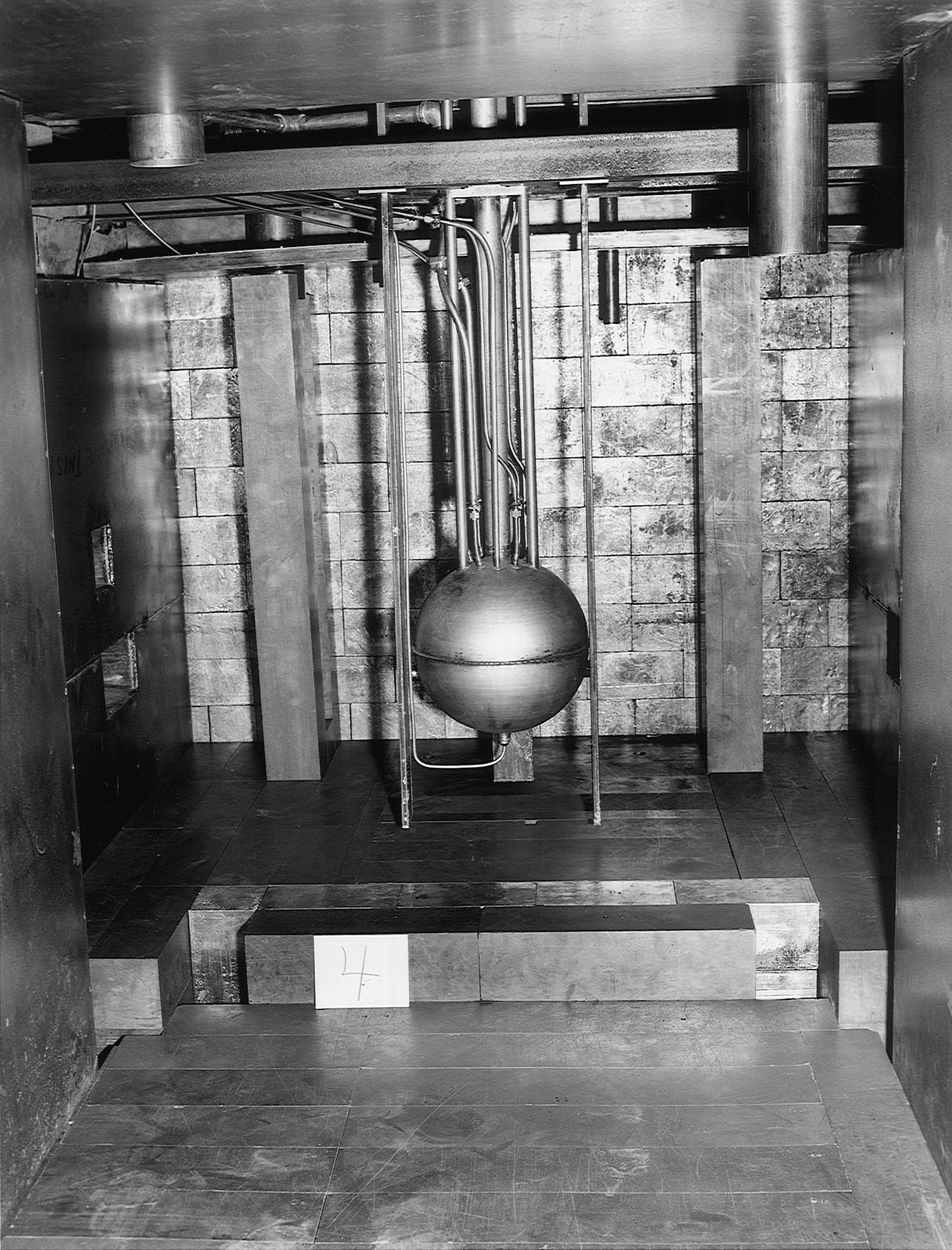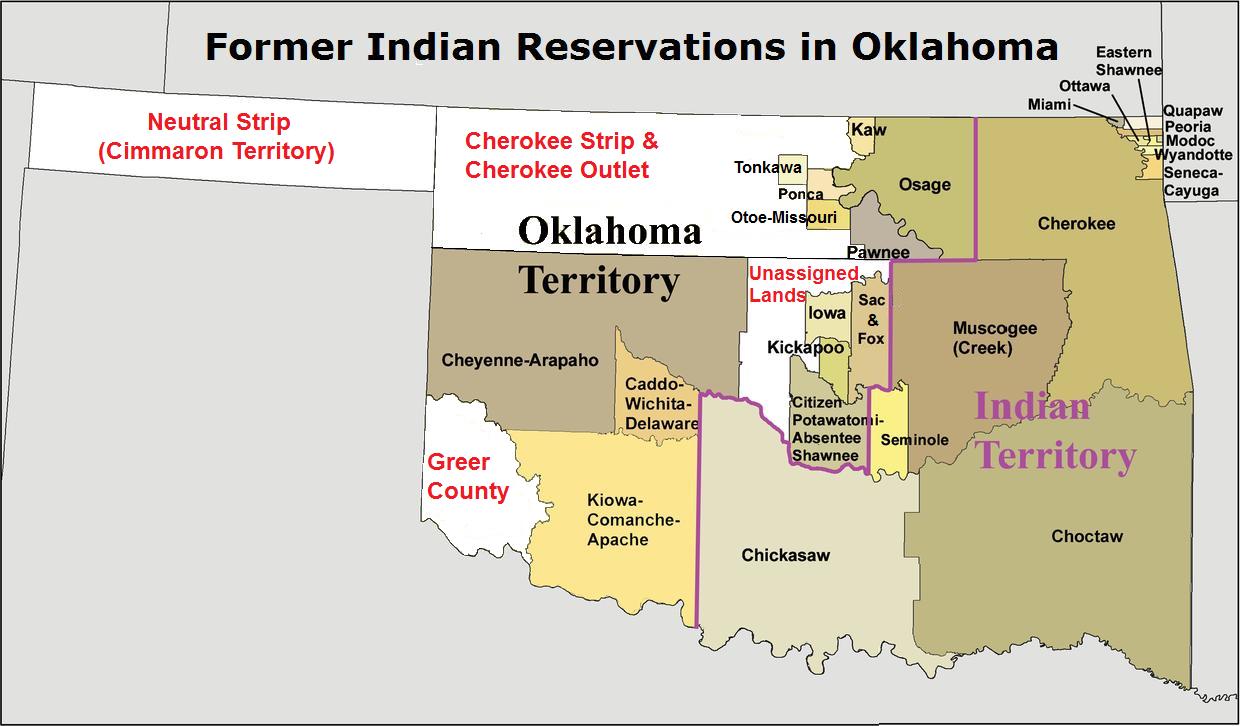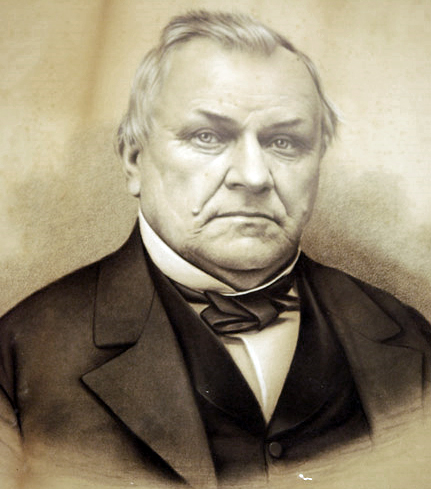|
Marshall Holloway
Marshall Glecker Holloway (November 23, 1912 – June 18, 1991) was an American physicist who worked at the Los Alamos Laboratory during and after World War II. He was its representative, and the deputy scientific director, at the Operation Crossroads nuclear tests at Bikini Atoll in the Pacific in July 1946. Holloway became the head of the Laboratory's W Division, responsible for new weapons development. In September 1952 he was charged with designing, building and testing a thermonuclear weapon, popularly known as a hydrogen bomb. This culminated in the Ivy Mike test in November of that year. Early life Marshall Glecker Holloway was born in Oklahoma, on November 23, 1912, but his family moved to Florida when he was young. He graduated from Haines City High School, and entered the University of Florida, which awarded him a Bachelor of Science in education in 1933, and a Master of Science degree in physics in 1935. He went on to Cornell University, where he wrote his Doctor o ... [...More Info...] [...Related Items...] OR: [Wikipedia] [Google] [Baidu] |
Oklahoma
Oklahoma ( ; Choctaw language, Choctaw: , ) is a landlocked U.S. state, state in the South Central United States, South Central region of the United States. It borders Texas to the south and west, Kansas to the north, Missouri to the northeast, Arkansas to the east, New Mexico to the west, and Colorado to the northwest. Partially in the western extreme of the Upland South, it is the List of U.S. states and territories by area, 20th-most extensive and the List of U.S. states and territories by population, 28th-most populous of the 50 United States. Its residents are known as Oklahomans and its capital and largest city is Oklahoma City. The state's name is derived from the Choctaw language, Choctaw words , 'people' and , which translates as 'red'. Oklahoma is also known informally by its List of U.S. state and territory nicknames, nickname, "The Sooner State", in reference to the Sooners, American pioneer, American settlers who staked their claims in formerly American Indian-o ... [...More Info...] [...Related Items...] OR: [Wikipedia] [Google] [Baidu] |
Master Of Science
A Master of Science (; abbreviated MS, M.S., MSc, M.Sc., SM, S.M., ScM or Sc.M.) is a master's degree. In contrast to the Master of Arts degree, the Master of Science degree is typically granted for studies in sciences, engineering and medicine and is usually for programs that are more focused on scientific and mathematical subjects; however, different universities have different conventions and may also offer the degree for fields typically considered within the humanities and social sciences. While it ultimately depends upon the specific program, earning a Master of Science degree typically includes writing a thesis. The Master of Science degree was introduced at the University of Michigan in 1858. One of the first recipients of the degree was De Volson Wood, who was conferred a Master of Science degree at the University of Michigan in 1859. Algeria Algeria follows the Bologna Process. Australia Australian universities commonly have coursework or research-based Master o ... [...More Info...] [...Related Items...] OR: [Wikipedia] [Google] [Baidu] |
Tritium
Tritium () or hydrogen-3 (symbol T or H) is a rare and radioactive isotope of hydrogen with a half-life of ~12.33 years. The tritium nucleus (t, sometimes called a ''triton'') contains one proton and two neutrons, whereas the nucleus of the common isotope hydrogen-1 (''protium'') contains one proton and no neutrons, and that of non-radioactive hydrogen-2 ('' deuterium'') contains one proton and one neutron. Tritium is the heaviest particle-bound isotope of hydrogen. It is one of the few nuclides with a distinct name. The use of the name hydrogen-3, though more systematic, is much less common. Naturally occurring tritium is extremely rare on Earth. The atmosphere has only trace amounts, formed by the interaction of its gases with cosmic rays. It can be produced artificially by irradiation of lithium or lithium-bearing ceramic pebbles in a nuclear reactor and is a low-abundance byproduct in normal operations of nuclear reactors. Tritium is used as the energy source in radio ... [...More Info...] [...Related Items...] OR: [Wikipedia] [Google] [Baidu] |
Deuterium
Deuterium (hydrogen-2, symbol H or D, also known as heavy hydrogen) is one of two stable isotopes of hydrogen; the other is protium, or hydrogen-1, H. The deuterium nucleus (deuteron) contains one proton and one neutron, whereas the far more common H has no neutrons. The name ''deuterium'' comes from Greek '' deuteros'', meaning "second". American chemist Harold Urey discovered deuterium in 1931. Urey and others produced samples of heavy water in which the H had been highly concentrated. The discovery of deuterium won Urey a Nobel Prize in 1934. Nearly all deuterium found in nature was synthesized in the Big Bang 13.8 billion years ago, forming the primordial ratio of H to H (~26 deuterium nuclei per 10 hydrogen nuclei). Deuterium is subsequently produced by the slow stellar proton–proton chain, but rapidly destroyed by exothermic fusion reactions. The deuterium–deuterium reaction has the second-lowest energy threshold, and is the most astrophysically acce ... [...More Info...] [...Related Items...] OR: [Wikipedia] [Google] [Baidu] |
Nuclear Fusion
Nuclear fusion is a nuclear reaction, reaction in which two or more atomic nuclei combine to form a larger nuclei, nuclei/neutrons, neutron by-products. The difference in mass between the reactants and products is manifested as either the release or absorption (electromagnetic radiation), absorption of energy. This difference in mass arises as a result of the difference in nuclear binding energy between the atomic nuclei before and after the fusion reaction. Nuclear fusion is the process that powers all active stars, via many Stellar nucleosynthesis, reaction pathways. Fusion processes require an extremely large Lawson criterion, triple product of temperature, density, and confinement time. These conditions occur only in Stellar core, stellar cores, advanced Nuclear weapon design, nuclear weapons, and are approached in List of fusion experiments, fusion power experiments. A nuclear fusion process that produces atomic nuclei lighter than nickel-62 is generally exothermic, due t ... [...More Info...] [...Related Items...] OR: [Wikipedia] [Google] [Baidu] |
Nuclear Cross Section
The nuclear cross section of a nucleus is used to describe the probability that a nuclear reaction will occur. The concept of a nuclear cross section can be quantified physically in terms of "characteristic area" where a larger area means a larger probability of interaction. The standard unit for measuring a nuclear cross section (denoted as σ) is the barn, which is equal to , or . Cross sections can be measured for all possible interaction processes together, in which case they are called total cross sections, or for specific processes, distinguishing elastic scattering and inelastic scattering; of the latter, amongst neutron cross sections the absorption cross sections are of particular interest. In nuclear physics it is conventional to consider the impinging particles as point particles having negligible diameter. Cross sections can be computed for any nuclear process, such as capture scattering, production of neutrons, or nuclear fusion. In many cases, the number of p ... [...More Info...] [...Related Items...] OR: [Wikipedia] [Google] [Baidu] |
Raemer Schreiber
Raemer Edgar Schreiber (November 11, 1910 – December 24, 1998) was an American physicist from McMinnville, Oregon who served Los Alamos National Laboratory during World War II, participating in the development of the atomic bomb. He saw the first one detonated in the Trinity nuclear test in July 1945, and prepared the Fat Man bomb that was used in the bombing of Nagasaki. After the war, he served at Los Alamos as a group leader, and was involved in the design of the hydrogen bomb. In 1955, he became the head of its Nuclear Rocket Propulsion (N) Division, which developed the first nuclear-powered rockets. He served as deputy director of the laboratory from 1972 until his retirement in 1974. Early life Raemer Edgar Schreiber was born in McMinnville, Oregon on November 11, 1910, the son of Bertha (née Raemer) and Michael Schreiber. He was educated at Masonville Grade School and McMinnville High School. In 1927 he entered Linfield College in McMinnville, where he majored in ph ... [...More Info...] [...Related Items...] OR: [Wikipedia] [Google] [Baidu] |
Cyclotron
A cyclotron is a type of particle accelerator invented by Ernest Lawrence in 1929–1930 at the University of California, Berkeley, and patented in 1932. Lawrence, Ernest O. ''Method and apparatus for the acceleration of ions'', filed: January 26, 1932, granted: February 20, 1934 A cyclotron accelerates charged particles outwards from the center of a flat cylindrical vacuum chamber along a spiral path. The particles are held to a spiral trajectory by a static magnetic field and accelerated by a rapidly varying electric field. Lawrence was awarded the 1939 Nobel Prize in Physics for this invention. The cyclotron was the first "cyclical" accelerator. The primary accelerators before the development of the cyclotron were electrostatic accelerators, such as the Cockcroft–Walton generator and the Van de Graaff generator. In these accelerators, particles would cross an accelerating electric field only once. Thus, the energy gained by the particles was limited by the maximum ... [...More Info...] [...Related Items...] OR: [Wikipedia] [Google] [Baidu] |
Manhattan Project
The Manhattan Project was a research and development program undertaken during World War II to produce the first nuclear weapons. It was led by the United States in collaboration with the United Kingdom and Canada. From 1942 to 1946, the project was directed by Major General Leslie Groves of the United States Army Corps of Engineers, U.S. Army Corps of Engineers. Nuclear physicist J. Robert Oppenheimer was the director of the Los Alamos Laboratory that designed the bombs. The Army program was designated the Manhattan District, as its first headquarters were in Manhattan; the name gradually superseded the official codename, Development of Substitute Materials, for the entire project. The project absorbed its earlier British counterpart, Tube Alloys, and subsumed the program from the American civilian Office of Scientific Research and Development. The Manhattan Project employed nearly 130,000 people at its peak and cost nearly US$2 billion (equivalent to about $ b ... [...More Info...] [...Related Items...] OR: [Wikipedia] [Google] [Baidu] |
Purdue University
Purdue University is a Public university#United States, public Land-grant university, land-grant research university in West Lafayette, Indiana, United States, and the flagship campus of the Purdue University system. The university was founded in 1869 after Lafayette, Indiana, Lafayette businessman John Purdue donated land and money to establish a college of science, technology, and agriculture; the first classes were held on September 16, 1874. Purdue University is a member of the Association of American Universities and is Carnegie Classification of Institutions of Higher Education, classified among "R1: Doctoral Universities – Very high research activity". Purdue enrolls the largest student body of any individual university campus in Indiana, as well as the ninth-largest foreign student population of any university in the United States. The university is home to the oldest computer science Purdue University Department of Computer Science, program in the United States. Pur ... [...More Info...] [...Related Items...] OR: [Wikipedia] [Google] [Baidu] |
Star-Gazette
The ''Star-Gazette'' is the major newspaper for Elmira, New York. Based in Elmira, the publication is owned by Gannett. History The ''Star-Gazette'' was the first newspaper of the now massive Gannett conglomerate. It was founded as the weekly ''Elmira Gazette'' in 1828 and became an evening daily in 1856. Frank Gannett Frank Ernest Gannett (September 15, 1876 – December 3, 1957) was an American publisher who founded the media corporation Gannett Company. He began his career in 1906 as half owner of the ''Elmira Gazette''. He soon added newspapers in Ithac ... bought a half-interest in the newspaper in 1906 to begin what would eventually be Gannett Co., Inc. The following year, he merged the ''Elmira Gazette'' with a competitor, the ''Evening Star'', to form the ''Star-Gazette''. In 1923, Gannett bought two other competitors in the city: the morning ''Daily Advertiser'' and the ''Sunday Telegram''. The ''Star-Gazette'' and ''Advertiser'' combined as a single all-day newsp ... [...More Info...] [...Related Items...] OR: [Wikipedia] [Google] [Baidu] |







